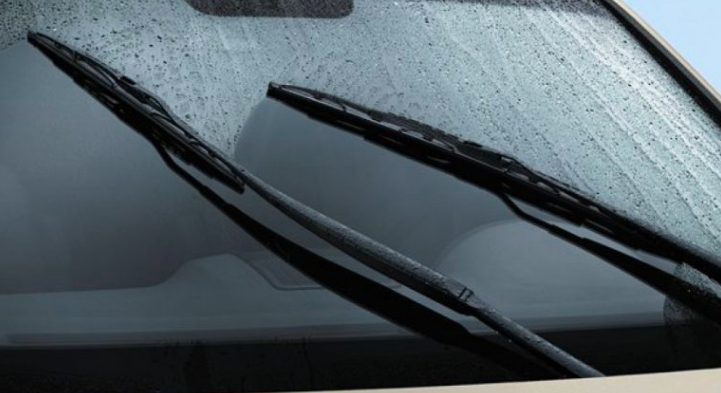
A team of researchers at the University of Michigan found that tracking windshield wiper activity can provide faster, more accurate rainfall data than radar and rain gauge systems currently in use. The researchers used a fleet of 70 cars and tracked when wipers were being used and matched it with video from onboard cameras to document rainfall and found that tracking windshield wiper activity can provide faster, more accurate rainfall data.
The best warnings for flood conditions come from radar tracking from satellites and geographically dispersed rain gauges attached to buildings and other structures, but our current system for collecting rainfall data has some limitations. Both these data sources lack the ability to know what is happening at the street-level.
- “Radar has a spatial resolution of a quarter of a mile and a temporal resolution of 15 minutes,” said Ram Vasudevan, a U-M assistant professor of mechanical engineering. “Wipers in contrast have a spatial resolution of a few feet and a temporal resolution of a few seconds which can make a huge difference when it comes predicting flash flooding.”
- Vasudevan added, “If you have fine-grain predictions of where flooding occurs, you can control water networks efficiently and effectively to prevent all sorts of dangerous chemicals from appearing inside our water supply due to runoff.”
Creating a blanket system of sensors across a city for street-level data on rain events would be costly but by using cars already on the road, we could save infrastructure costs by tapping a resource already in place now that will only grow larger in the future.
Why This Matters: We know that rainstorms are getting stronger and wetter, and that flash floods and sewer overflows are major issues as a result. The research shows the value for weather and climate that more and better data can provide — it represents a promising first step in creating a smart infrastructure system that is fed by and responds to data as it is collected from vehicles on the road. The University points out in its announcement that communities armed with real-time data could move more quickly to prevent flash-flooding or sewage overflows, which represent a rising threat to property, infrastructure and the environment. When added to other technological advancements like “smart” stormwater systems—infrastructure outfitted with autonomous sensors and valves—municipalities could potentially take in data from connected vehicles to predict and prevent flooding. Revolutionary! Just like the windshield wiper!
January 24, 2019 » Flooding, rainfall, smart infrastructure, storms, weather


